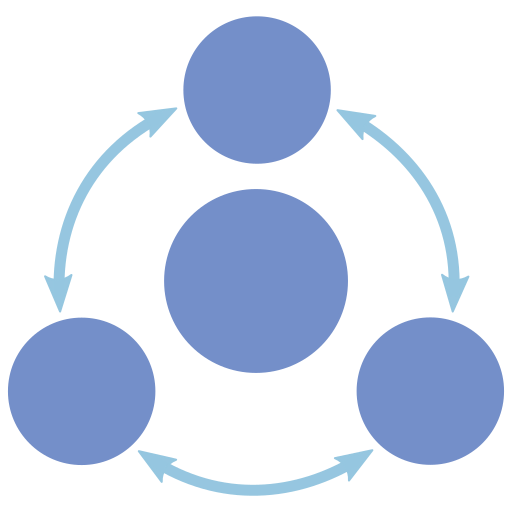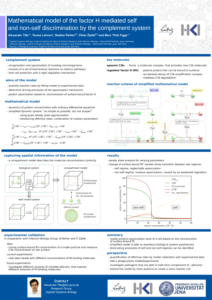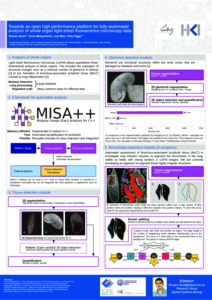In this study we investigate receptor–ligand binding in the context of antibody–antigen binding. We established a quantitative mapping between macroscopic binding rates of a deterministic differential equation model and their microscopic equivalents as obtained from simulating the spatiotemporal binding kinetics by a stochastic agent-based model. Furthermore, various properties of B cell-derived receptors like their dimensionality of motion, morphology, and binding valency are considered and their impact on receptor–ligand binding kinetics is investigated. The different morphologies of B cell-derived receptors include simple sperical representations as well as more realistic Y-shaped morphologies. These receptors move in different dimensionalities, i.e. either as membrane-anchored receptors or as soluble antibodies. The mapping of the macroscopic and microscopic binding rates allowed us to quantitatively compare different agent-based model variants for the different types of B cell-derived receptors. Our results indicate that the dimensionality of motion governs the binding kinetics and that this predominant impact is quantitatively compensated by the bivalency of these receptors.
Model for antigen binding by B cell-derived receptors
Publications
NFDI4BIOIMAGE – National research data infrastructure for microscopy and bioimage analysis
Moore J#, Kunis S, Grüning B, Blank-Burian M, Mallm JP, Stöter T, Zuschratter W, Figge MT, Kreshuk A, Tischer C, Haase R, Zobel T, Bauer P, Svensson CM, Gerst R, Hanne J, Schmidt C, Becker MM, Bocklitz T, Bumberger J, Chalopin C, Chen J, Czodrowski P, Dickscheid T, Fortmann- Grote C, Huisken J, Lohmann J, Schauss A, Baumann M, Beretta C, Burel JM, Heuveline C, Kuner R, Kuner T, Landwehr M, Leibfried A, Nitschke R, Mittal D, von Suchodoletz D, Valencia- Schneider M, Zentis P, Brilhaus D, Hartley M, Hülsmann B, Dunker S, Keppler A, Mathur A, Meesters C, Möbius W, Nahnsen S, Pfander C, Rehwald S, Serrano-Solano B, Vilardell Scholten L, Vogl R, Becks L, Ferrando-May E*#, Weidtkamp-Peters S*#
Bioimaging refers to a collection of methods to visualize the internal structures and mechanisms of living organisms. The fundamental tool, the microscope, has enabled seminal discoveries like that of the cell as the smallest unit of life, and continues to expand our understanding of biological processes. Today, we can follow the interaction of single molecules […]
Unique target binding by the C-terminal Region of FHR1 provides a new perception of aHUS Pathology
FHR1 is a multifunctional human plasma protein with three C-terminal domains, namely short consensus repeats (SCR) 3-5, showing 98% sequence-identity with the complement inhibitor Factor H. We show that FHR1 uses all three C-terminal SCR to make surface contact. The conserved C-terminal regions of FHR1 and Factor H are altered in patients with atypicalhemolytic-uremic-syndrome. Therefore, […]
Competitive inhibition and mutualistic growth in Co infections: deciphering Staphylococcus aureus – Acinetobacter baumannii interaction dynamics
Timme S*, Wendler S*, Klassert TE, Saraiva JP, Nunes da Rocha U, Wittchen M, Schramm S, Ehricht R, Monecke S, Edel B, Rödel J, Löffler B, Soledad Ramirez M, Slevogt H, Figge MT*#, Tuchscherr L*#
Staphylococcus aureus (Sa) and Acinetobacter baumannii (Ab) are frequently co-isolated from polymicrobial infections that are severe and refractory to therapy. Here, we apply a combination of wet-lab experiments and in silico modeling to unveil the intricate nature of the Ab/Sa interaction using both, representative laboratory strains and strains co-isolated from clinical samples.This comprehensive methodology allowed […]








